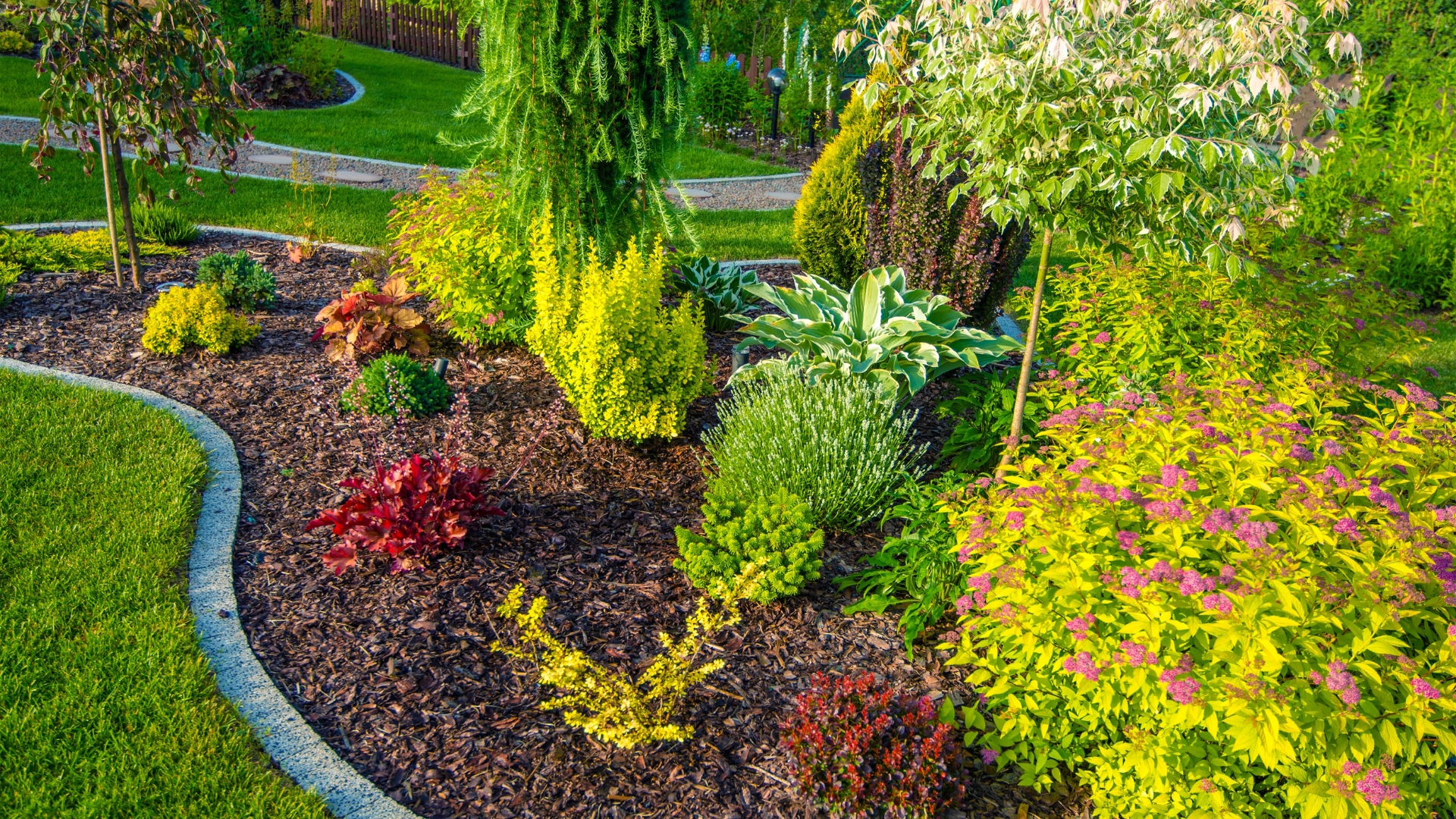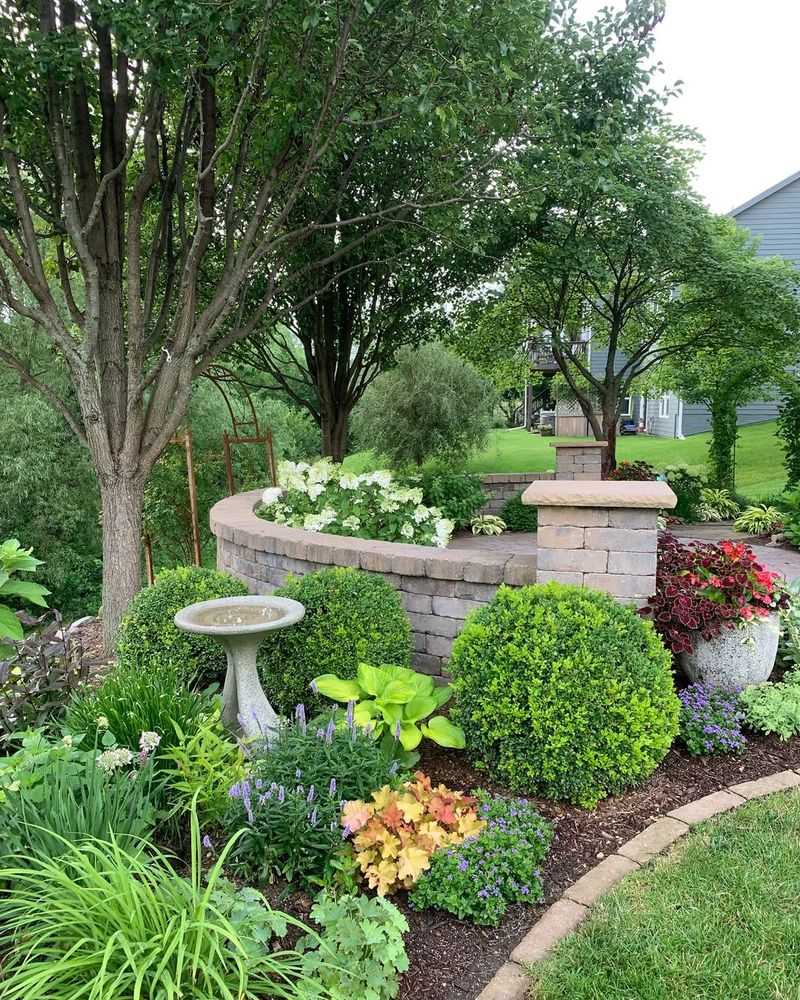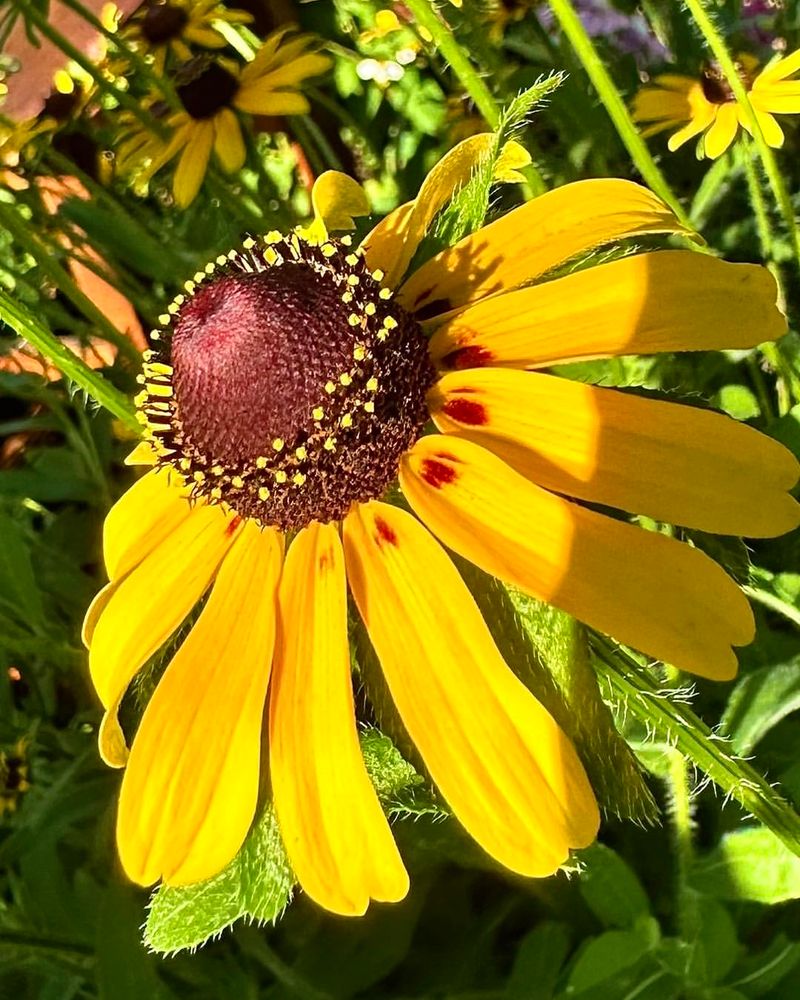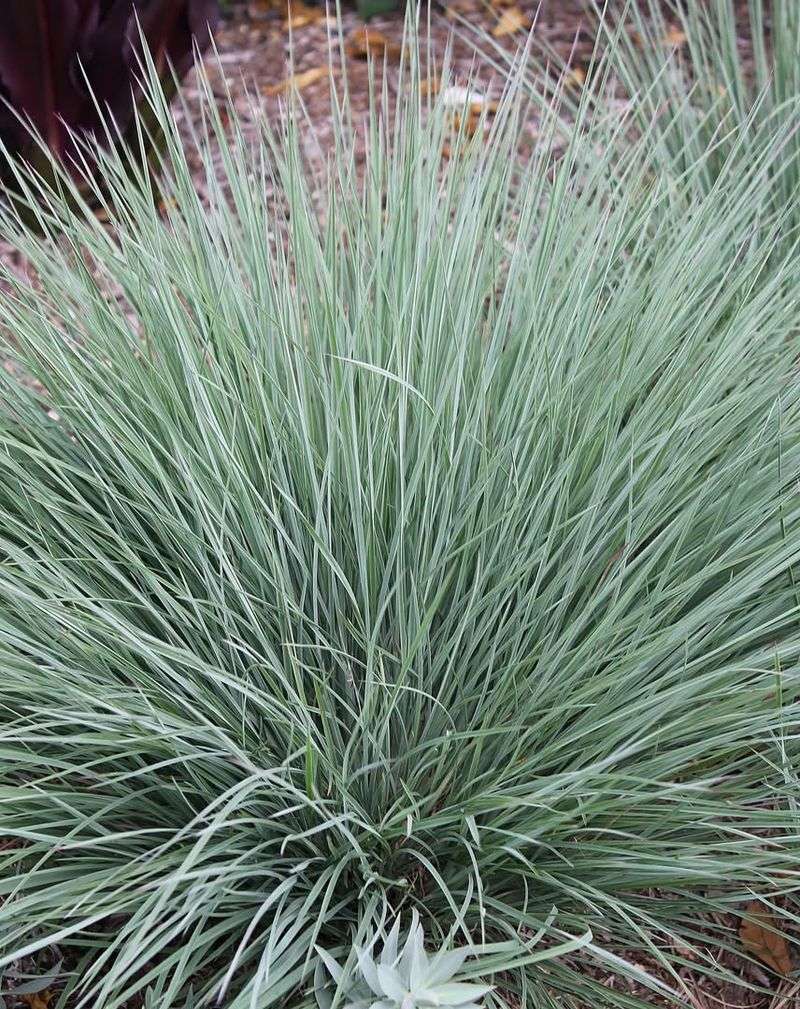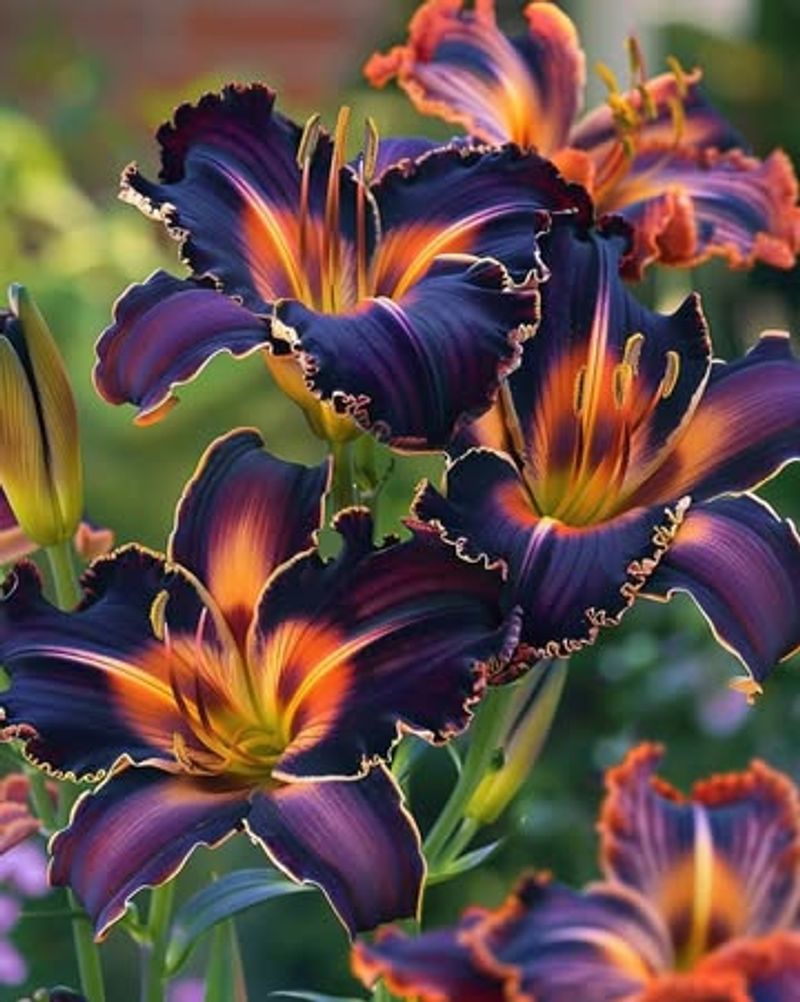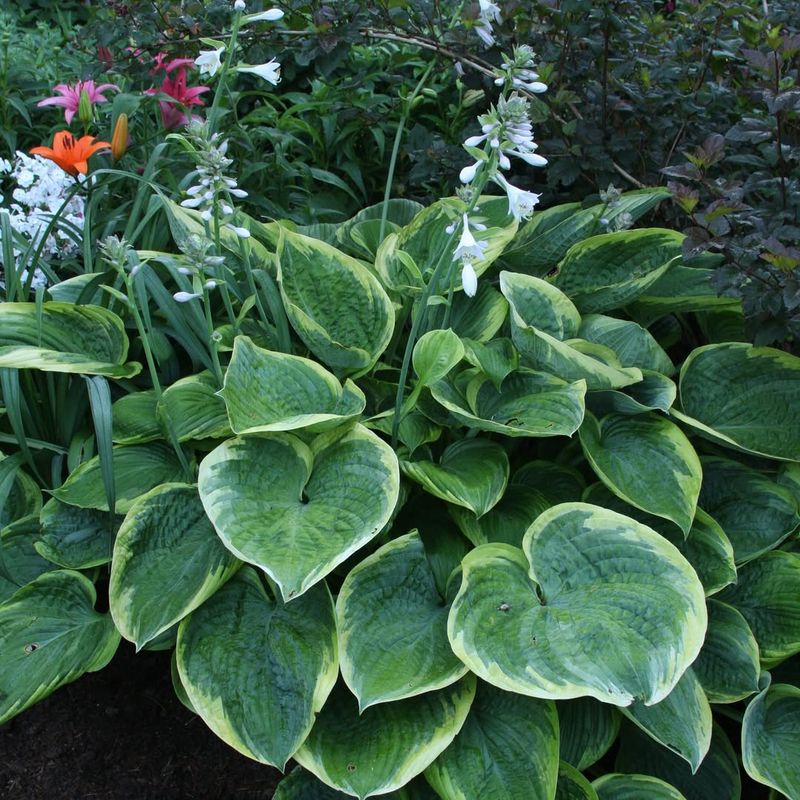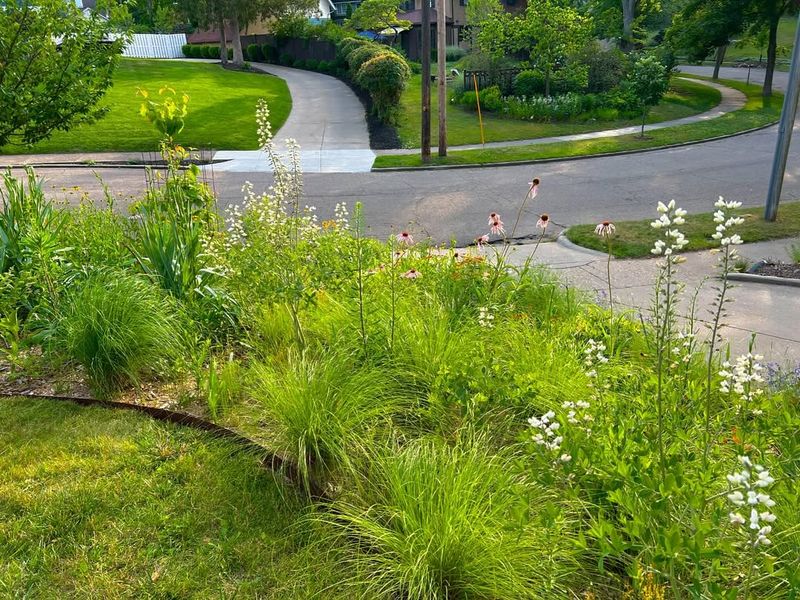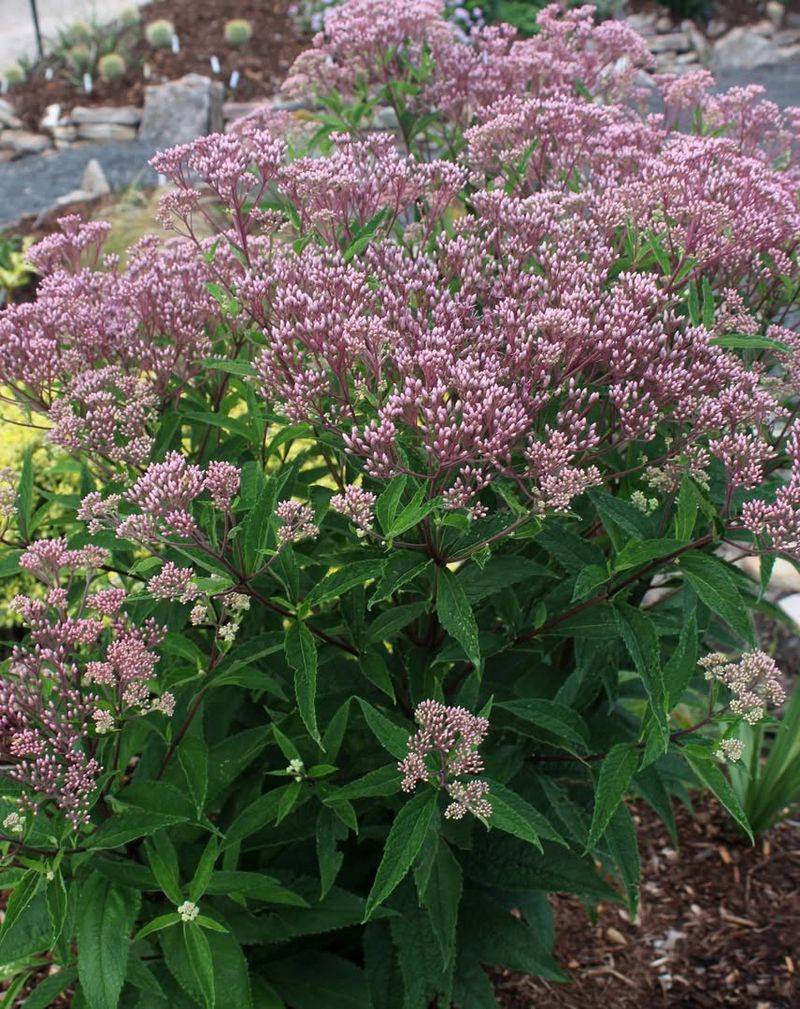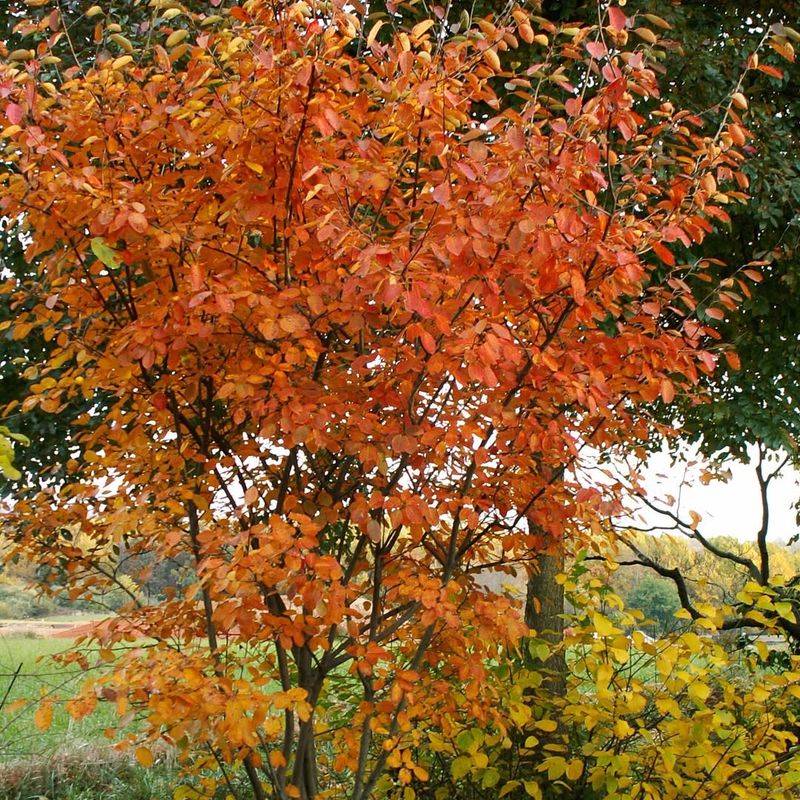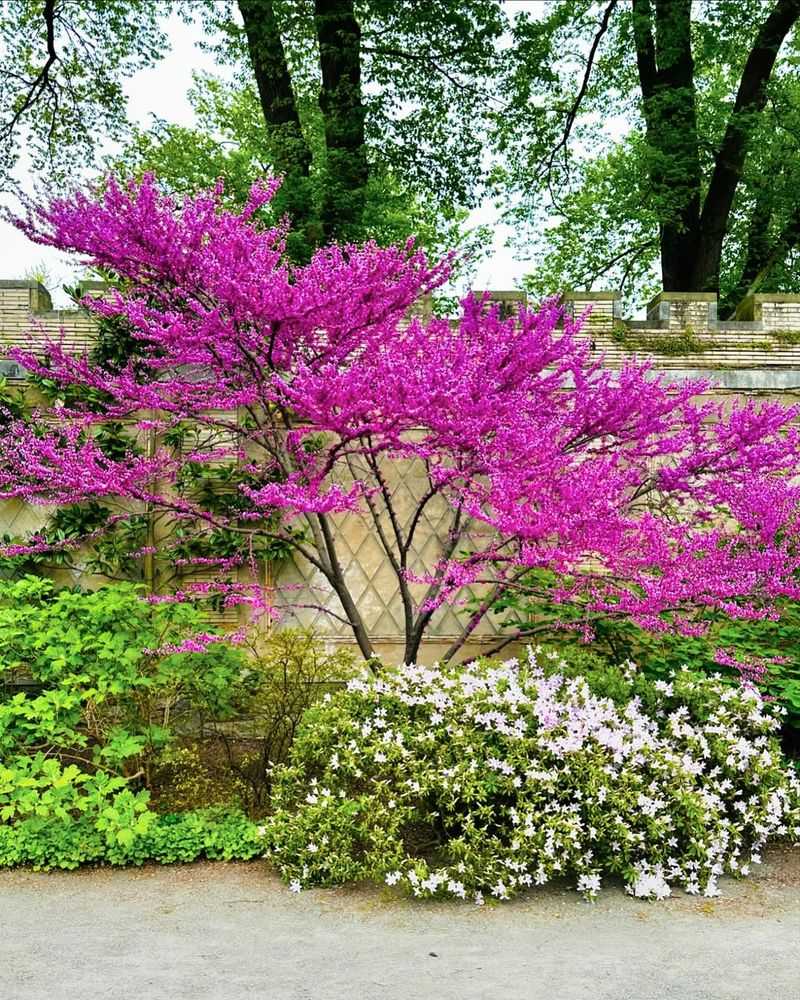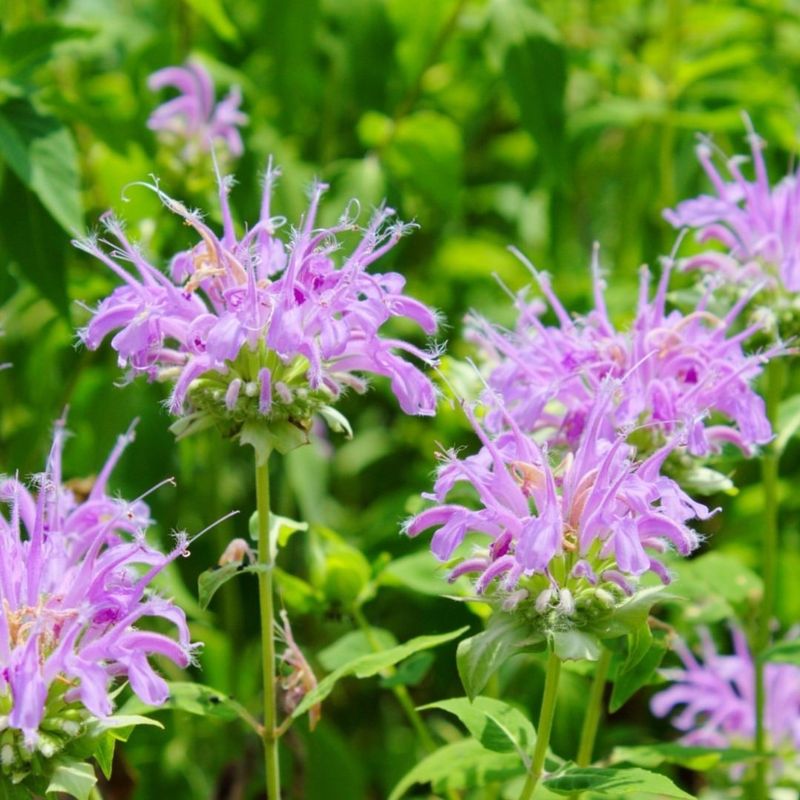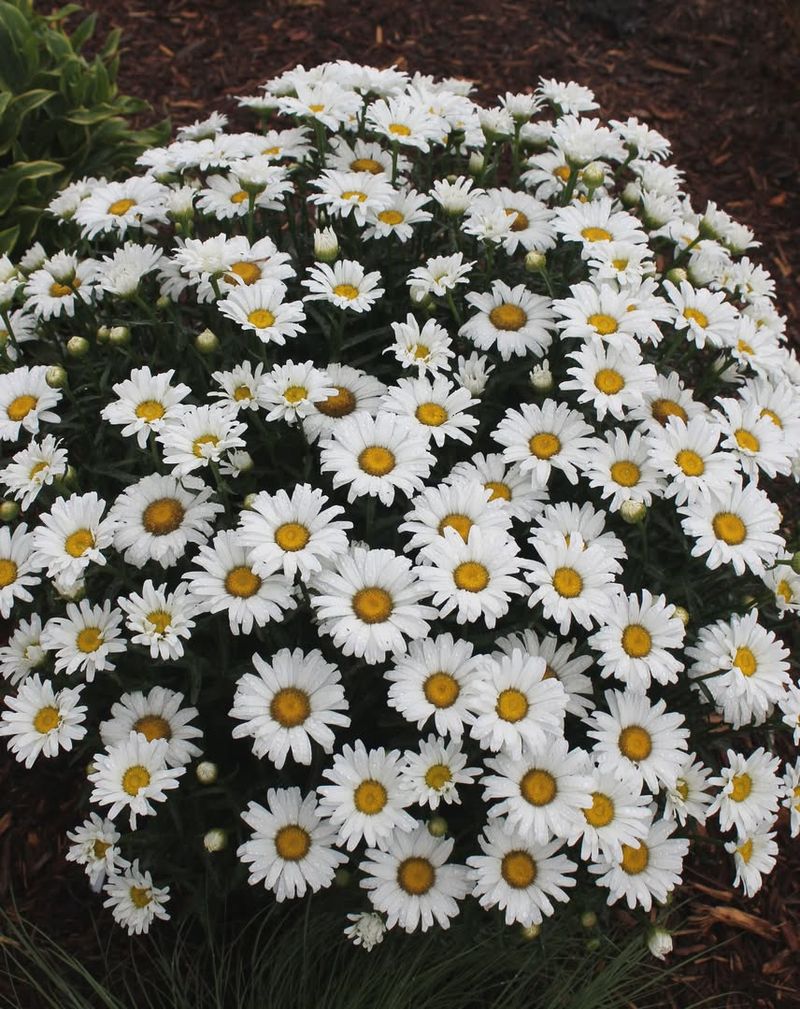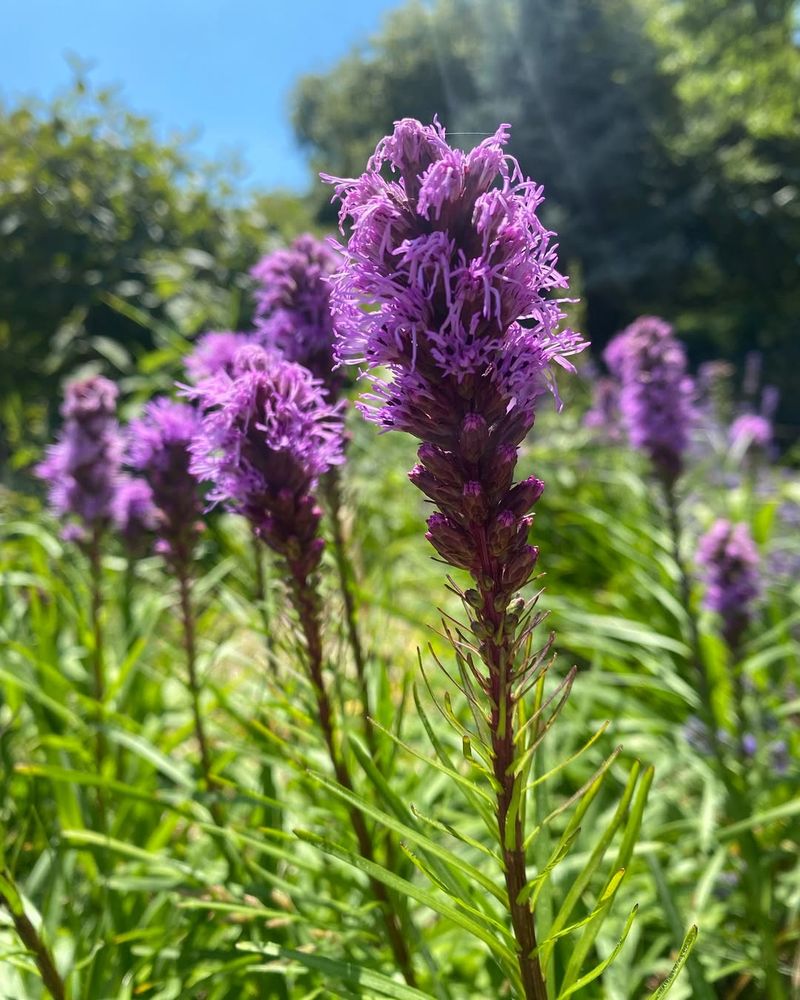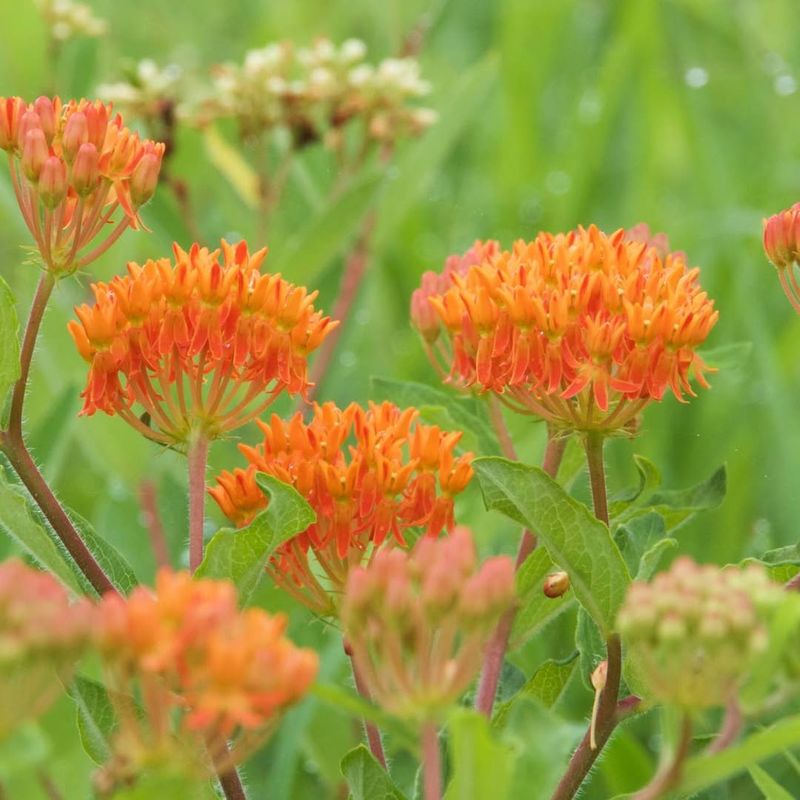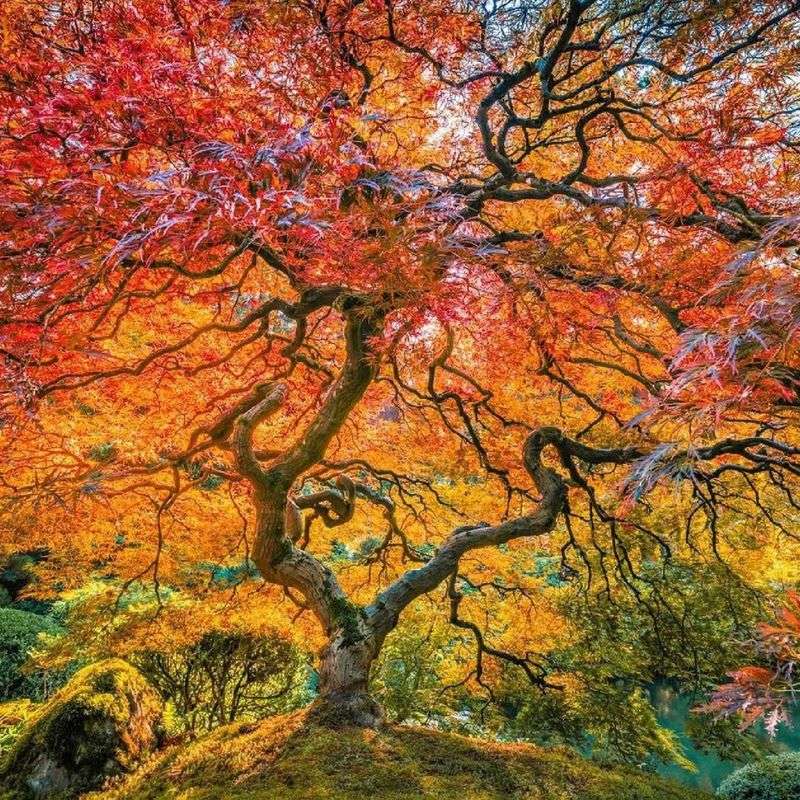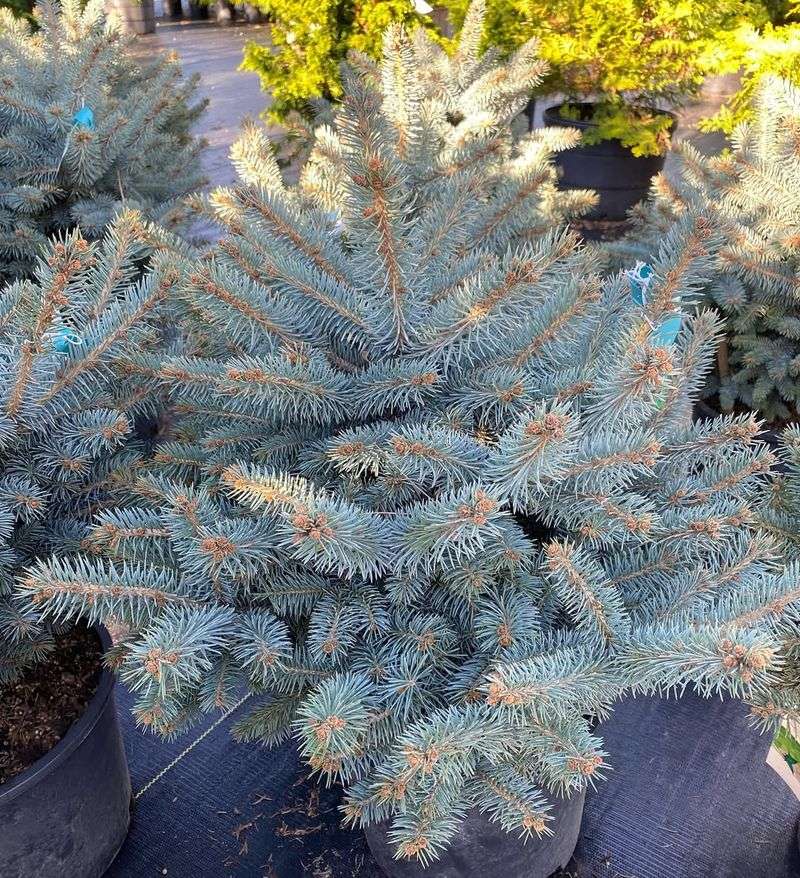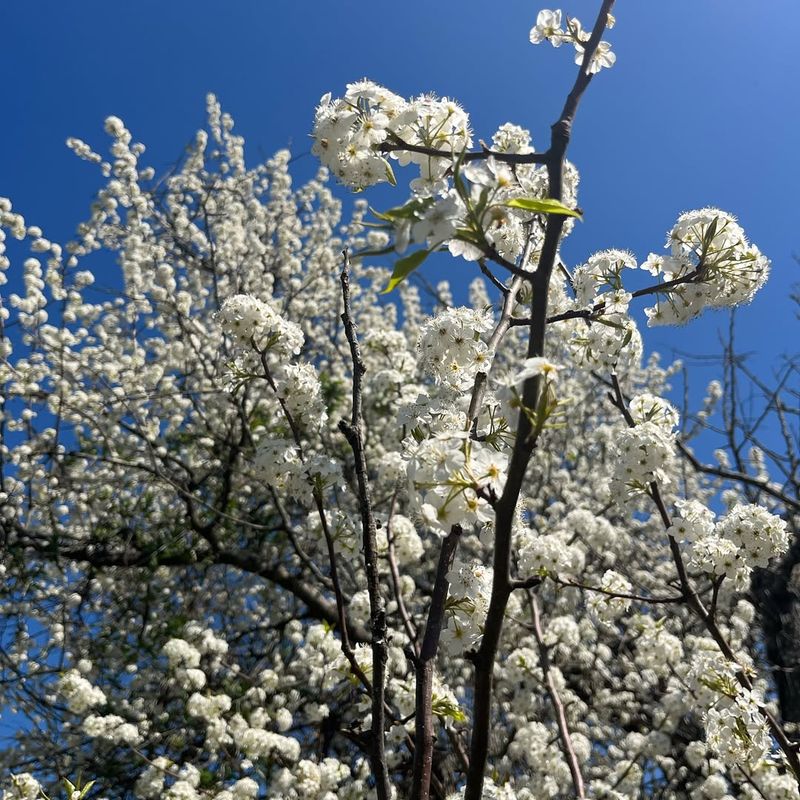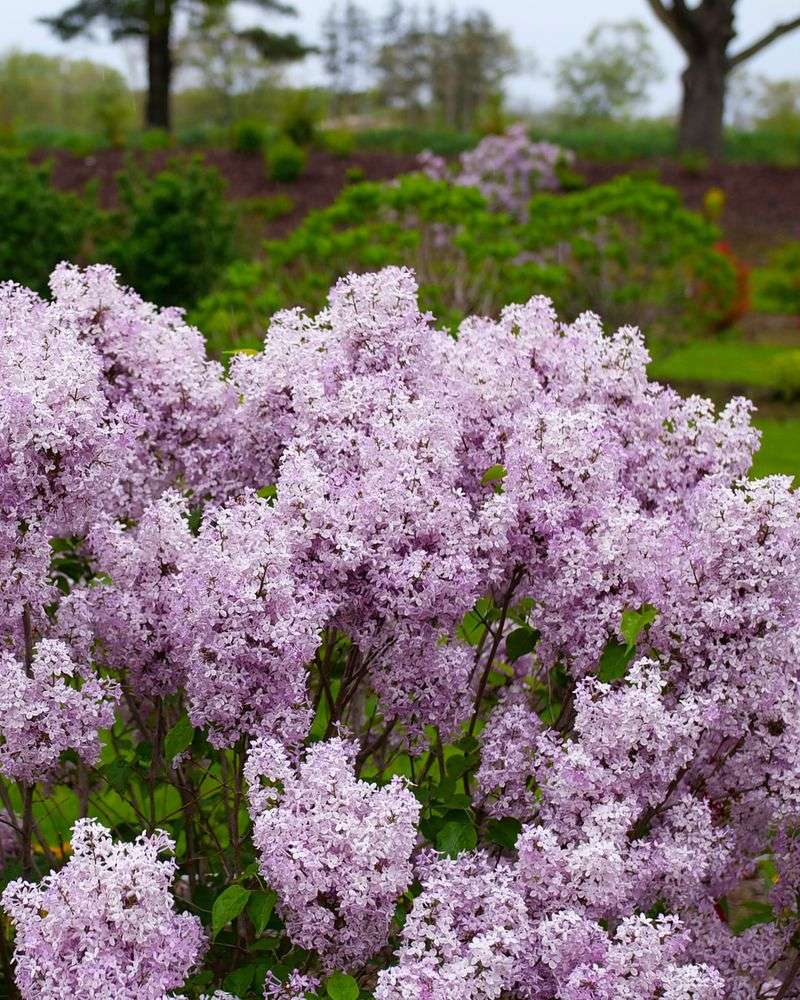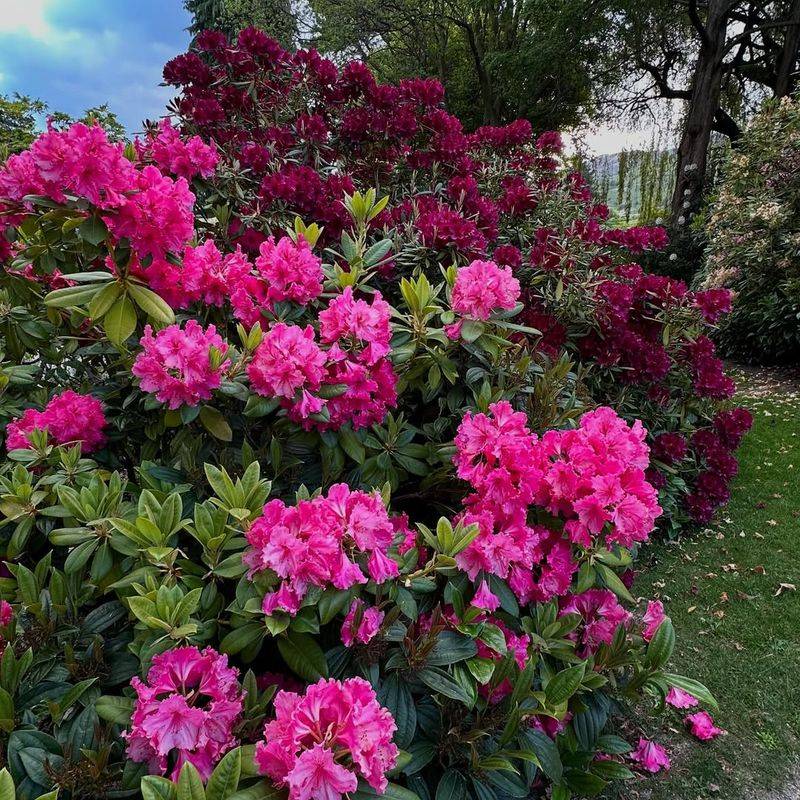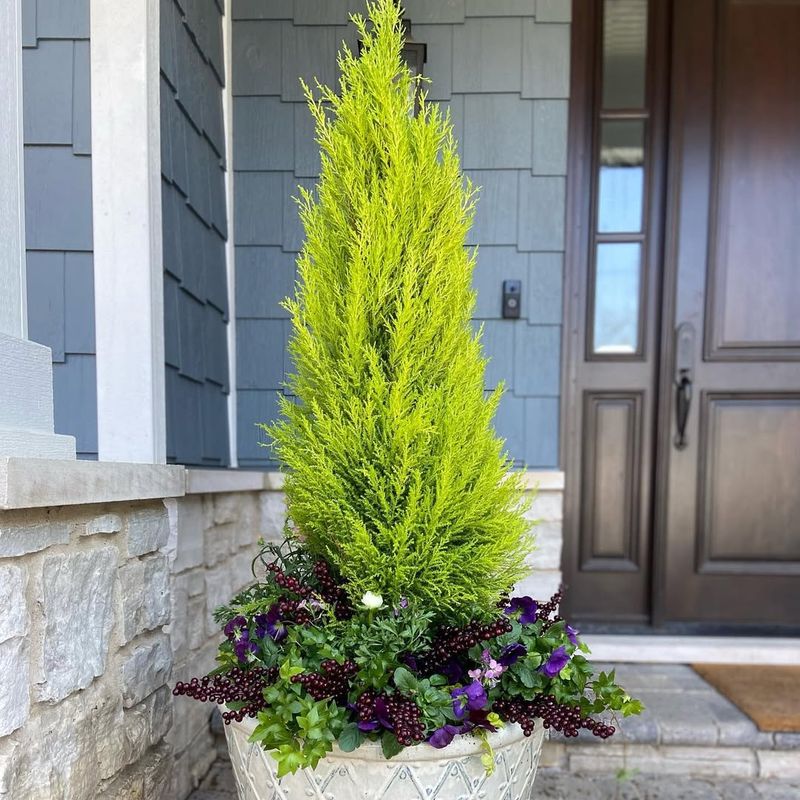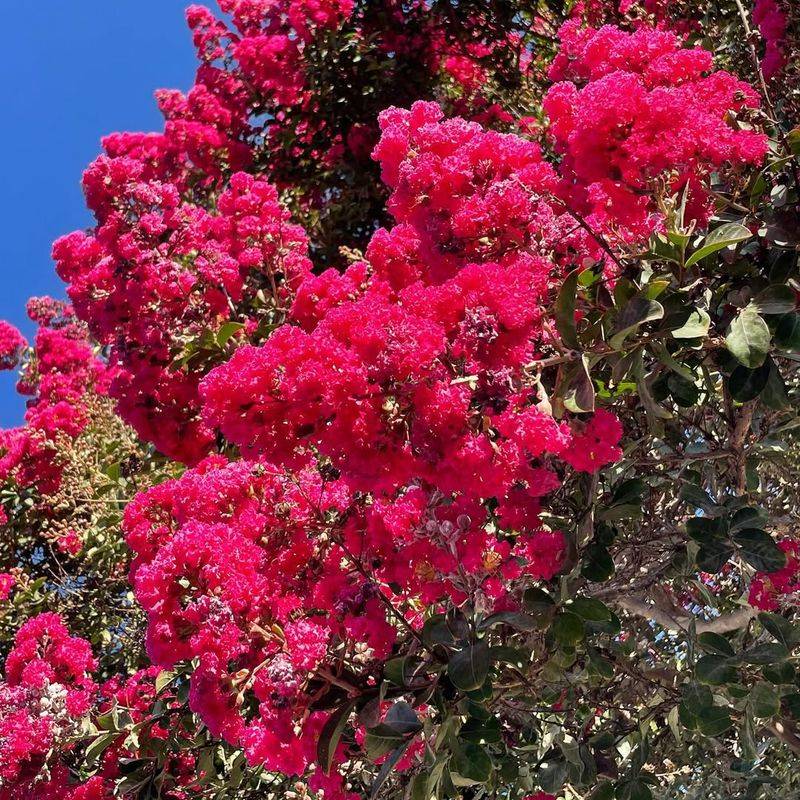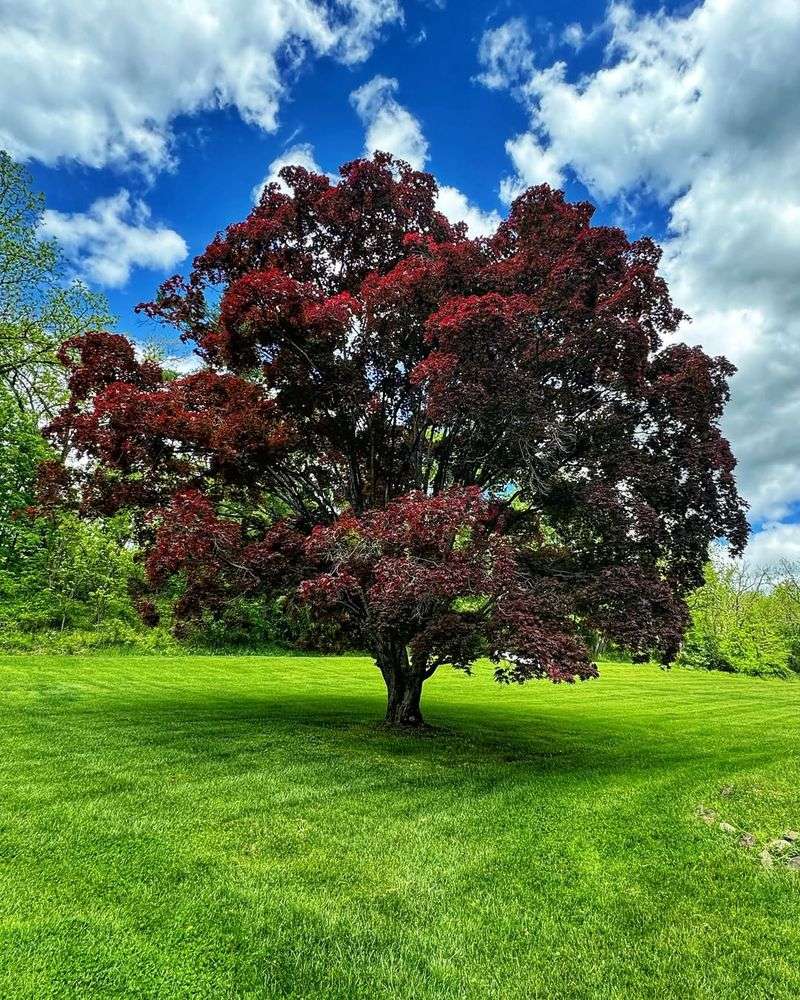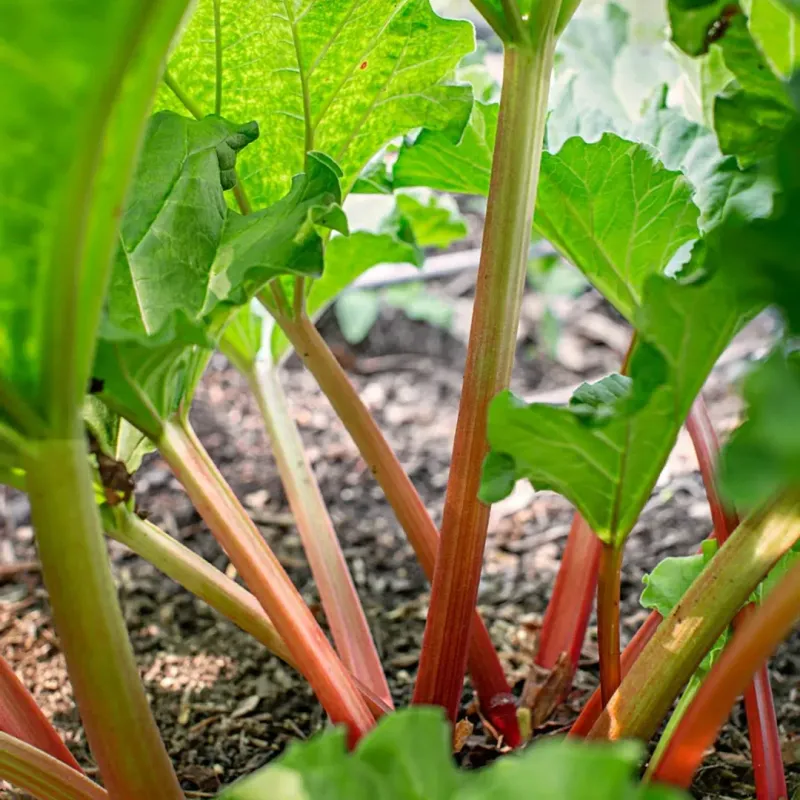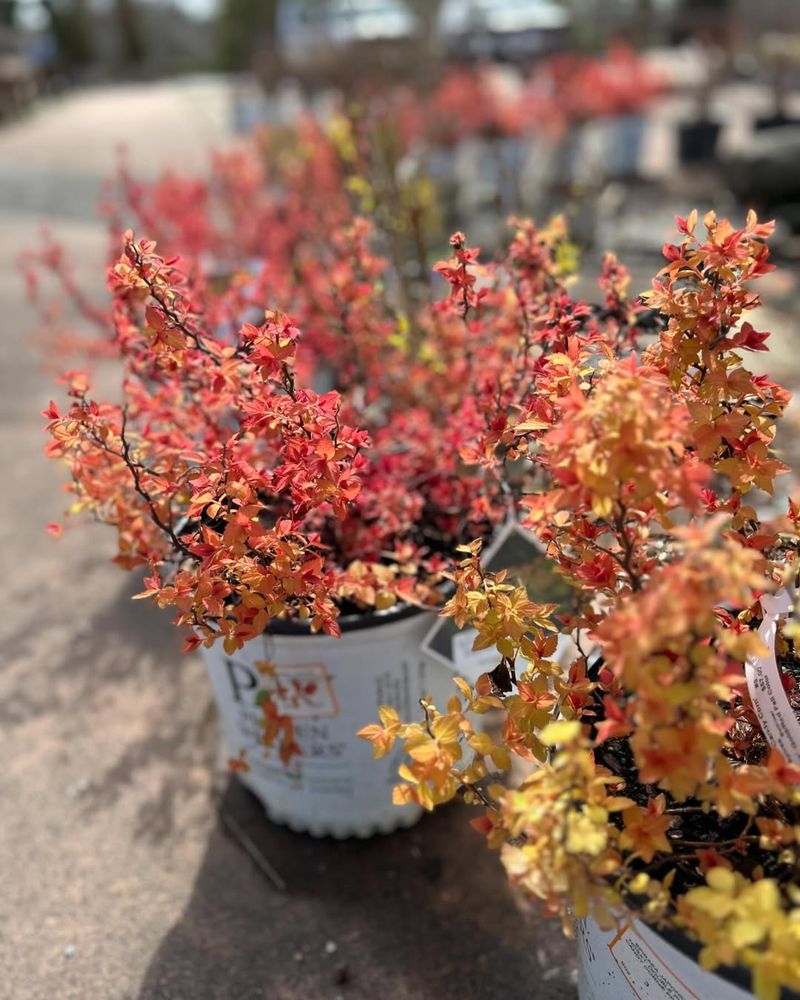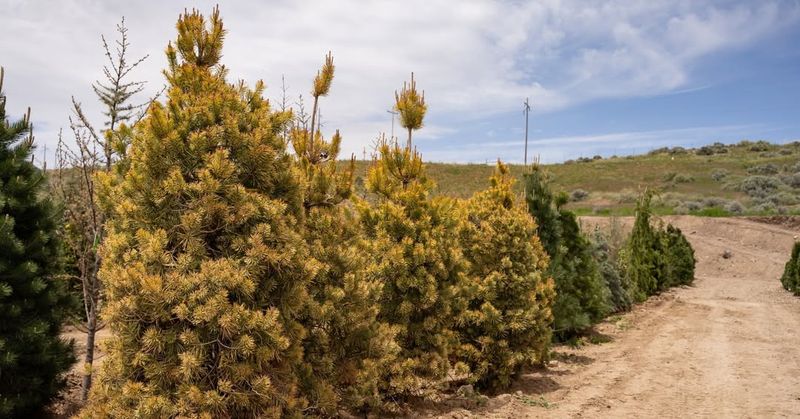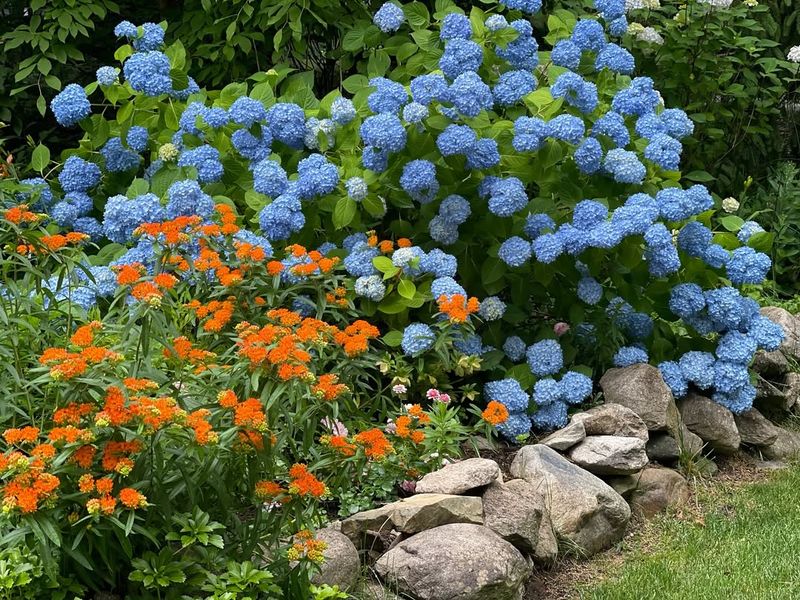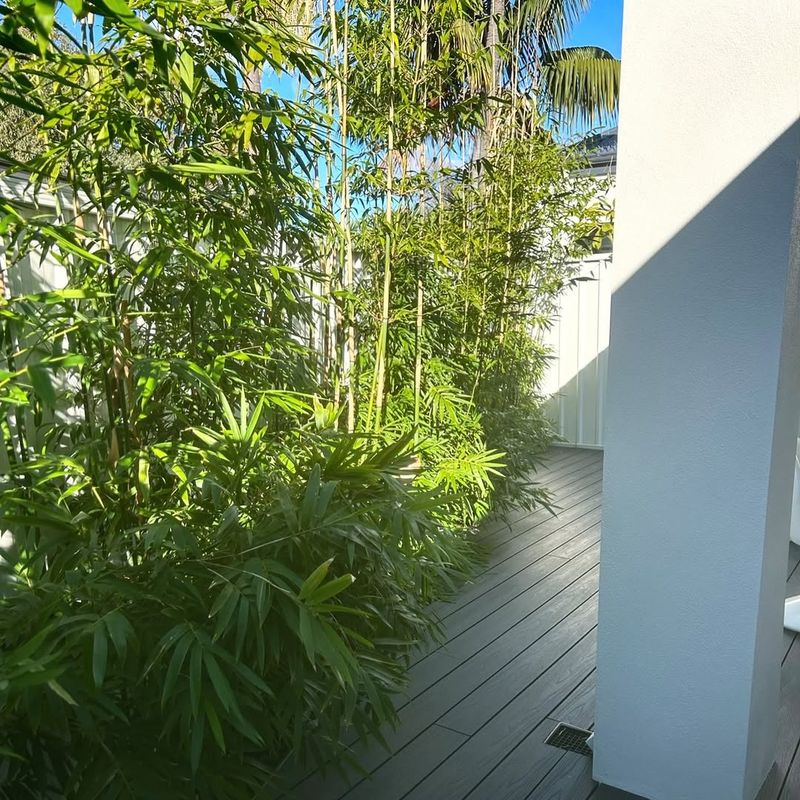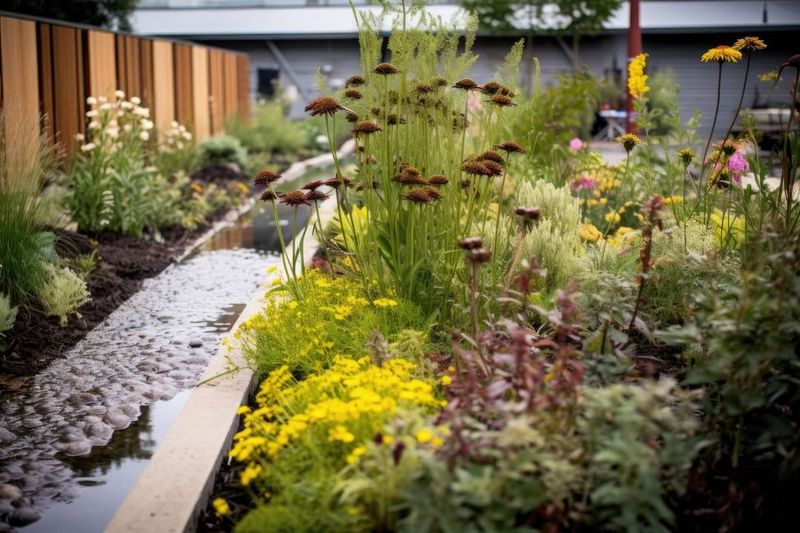Landscaping in the Midwest is both an art and a science—one that requires a bit of patience, a touch of creativity, and a good sense of humor when Mother Nature throws a curveball. From scorching summers to bone-chilling winters, the region’s unpredictable climate demands resilient plants, smart design choices, and a little strategic planning.
But with the right approach, your yard can thrive year-round, bursting with color, texture, and life no matter the season. Let’s dig in!
1. Factors To Consider For Midwest Landscaping
Midwest landscaping demands plants that can handle extreme temperature swings, from scorching summers to freezing winters. Clay-heavy soil and drainage issues make it essential to choose hardy, adaptable species. With unpredictable rainfall, drought tolerance is a must for survival.
Winter-ready plants should endure deep freezes and frost without damage. Pest and disease resistance is also key, as threats like Japanese beetles and fungal infections can wreak havoc. Selecting resilient plants ensures a thriving, low-maintenance landscape year-round.
2. Black-Eyed Susan (Rudbeckia Hirta)
This garden star is celebrated for its resilience and bright yellow blooms. The Black-Eyed Susan can withstand tough conditions, standing tall against the Midwestern elements. They not only beautify spaces but also invite pollinators like bees and butterflies.
Perfect for borders and mixed beds, Black-eyed Susans are a garden staple. Plant them in clusters for a vibrant, eye-catching display that lasts through the seasons.
3. Purple Coneflower (Echinacea Purpurea)
Renowned for its medicinal properties, this plant is a staple in any Midwest garden. The purple coneflower attracts pollinators, offering aesthetic and ecological benefits. Planting and caring for these flowers is straightforward. They thrive in sunny spots and require minimal watering once established.
Propagation can be done through seeds or division, ensuring a lush display year after year. In backyard settings, these flowers are the perfect addition, bringing vibrancy and wildlife to your garden.
4. Switchgrass (Panicum Virgatum)
This native grass is your go-to for erosion control and wildlife habitat. Switchgrass offers visual appeal with its tall, graceful plumes. It’s a durable choice for the Midwest’s variable climate. Use it as an ornamental grass in your garden design.
Its drought-resistant nature and subtle color shifts throughout the seasons add dimension to any landscape. It thrives in full sun and well-drained soil, serving as a backdrop or filler in mixed plantings.
5. Little Bluestem (Schizachyrium Scoparium)
Changing foliage hues make this grass a stunning addition to any garden. Little bluestem adapts well to the Midwest’s conditions, offering year-round interest. From blue-green in summer to red and orange in fall, it’s a visual treat.
Planting is simple, and it thrives in full sun and well-drained medium. Perfect for prairie-style landscapes, it provides texture and movement. Little bluestem grows well even in poor soils, making it a resilient choice. Its adaptability makes it a favorite among gardeners looking to add a naturalistic touch to their spaces.
6. Daylily (Hemerocallis Spp.)
These easy-care blooms are a favorite in many Midwest gardens. Daylilies exhibit a wide range of colors, ensuring vibrant displays. Hardy and adaptable, they thrive in various conditions. To extend their bloom season, deadhead spent flowers and divide clumps every few years.
This encourages new growth and an extended display. Even beginners can manage these plants, thanks to their forgiving nature. Daylilies are perfect for mass plantings or as border accents, adding a touch of brightness to any garden.
7. Hosta (Hosta Spp.)
In shady spots, these plants are the go-to for lush greenery. Their textured leaves offer contrast in low-light gardens and are relatively slug-resistant when cared for properly. These foliage plants thrive in well-drained, fertile soil.
Consistent moisture and a bit of shade keep them happy. With minimal pests and diseases, they provide a fuss-free option for gardeners. Hostas come in various sizes and colors, allowing for creative combinations in planting schemes.
8. Prairie Dropseed (Sporobolus heterolepis)
Graceful and fragrant, this plant is a Midwest landscape gem. Prairie dropseed delicate movement in the wind adds life to any garden, while its sweet fragrance lingers in the air.
Perfect for native gardens, it prefers full sun and well-drained soil. This grass is low-maintenance, needing minimal care once established. Prairie dropseed can be used en masse for ground cover or as an accent in mixed plantings.
9. Joe-Pye Weed (Eutrochium Purpureum)
A favorite among butterflies, this “weed” shines in late-season gardens. Its tall stature and purple blooms provide vertical interest and support pollinators. Caring for it is simple; it thrives in moist, well-drained soil and full to partial sun.
Suitable for a variety of soil types, it’s adaptable and reliable. This plant is an excellent addition to any pollinator garden, ensuring a burst of color when most other flowers have faded. Joe-pye weed’s presence creates a dynamic, lively garden atmosphere.
10. New England Aster (Symphyotrichum Novae-Angliae)
As a fall showstopper, this flower extends the garden’s color palette. Aster’s vibrant purple flowers support migrating butterflies, making it a wildlife-friendly choice. Perfect for fall gardening, it loves sunny spots and well-drained soil. Regular deadheading encourages prolonged blooming.
New England aster is an essential plant for extending seasonal garden interest. Its robustness and beauty make it a must-have for any Midwest gardener aiming for a year-round spectacle.
11. Serviceberry (Amelanchier spp.)
Multi-seasonal beauty is what this bush offers. From delicate spring blooms to edible berries in summer, and vivid fall foliage, it ticks all the boxes. This small tree is perfect for home landscapes, providing year-round interest. It thrives in a range of soils and prefers full sun to partial shade.
Compared to other native small trees, serviceberry stands out for its seasonal versatility. An excellent choice for those seeking a multifunctional addition to their garden.
12. Eastern Redbud (Cercis Canadensis)
Early spring brings a burst of color. And so does the eastern redbud. Its stunning blooms brighten any landscape and signal the arrival of warmer days. Planting and maintaining this beauty is straightforward.
It adapts well to different soil types and prefers full sun to partial shade. As a native tree, it integrates seamlessly into Midwest gardens. Eastern redbud’s showy flowers and heart-shaped leaves add charm and elegance to outdoor spaces.
13. Wild Bergamot (Monarda Fistulosa)
Pollinators adore this charismatic plant. Wild Bergamot not only brings wildlife to your garden but also offers herbal uses. Preventing powdery mildew is simple with proper spacing and air circulation.
Thriving in full sun and well-drained soil, it’s a versatile addition. This plant’s vibrant flowers and aromatic leaves make it a dual-purpose gem. Wild bergamot enhances the biodiversity and utility of any Midwest garden.
14. Shasta Daisy (Leucanthemum × Superbum)
With their classic charm, these daisies are a garden favorite. They thrive through Midwest summers and winters, offering year-round delight. Shasta daisies are low-maintenance, making them ideal for both novice and experienced gardeners.
Their sunny blooms and minimal care requirements add a cottage-garden feel. Plant them in full sun, and watch them return year after year. Shasta daisies are a timeless choice for adding brightness and cheerfulness to landscapes.
15. Blazing Star (Liatris Spicata)
Vertical drama and pollinator appeal define the this flower. Blazing star’s tall, feathery blooms add a striking presence to any garden. Planting in prairie-inspired settings enhances its natural beauty. It thrives in full sun and well-drained soil, requiring minimal maintenance.
A favorite among butterflies and bees, Blazing Star supports ecological health. For gardeners seeking a bold statement, this plant delivers both style and substance.
16. Butterfly Weed (Asclepias Tuberosa)
Supporting monarch butterflies is crucial, and this plant plays a pivotal role. Butterfly weed’s vibrant orange flowers are a magnet for these winged wonders. Growing it from seed is a rewarding process. It prefers sunny locations and well-drained soil, flourishing with little care once established.
Perfect for pollinator gardens, it enhances biodiversity and visual interest. Butterfly Weed is essential for anyone looking to support wildlife while adding color to their garden.
17. Japanese Maple (Acer Palmatum)
Delicate and striking, this tree is often a gardener’s dream, but it falters in the Midwest’s unpredictable climate. Harsh winters with deep freezes can cause severe dieback, while scorching summers leave Japanese maple stressed and vulnerable.
Late spring frosts can damage emerging leaves, stunting growth and reducing vigor. Planting in a sheltered location and using mulch for insulation can help protect roots from extreme temperatures.
18. Blue Spruce (Picea Pungens)
What thrives in dry, cool climates may struggle when exposed to Midwest humidity. Blue spruce, often admired for its striking blue needles, is highly susceptible to fungal infections like needle cast and tip blight in damp conditions.
Poor airflow and excessive moisture exacerbate these diseases, leading to thinning foliage and a weak, stressed tree. Choosing well-draining soil, pruning for air circulation, and selecting resistant cultivars can help mitigate these issues.
19. Bradford Pear (Pyrus Calleryana)
At first glance, fast-growing and covered in spring blossoms, this tree seems like an ideal choice. However, its weak wood and poor structure make the Bradford pear highly susceptible to breakage in strong storms.
Additionally, its invasive nature allows it to spread aggressively, displacing native species and reducing biodiversity. Homeowners often find themselves replacing these trees after heavy winds snap limbs or split trunks.
20. Lilac (Syringa Vulgaris)
Well-loved for its fragrant flowers, this plant struggles when planted in the dense, clay-heavy soils common in the Midwest. Poor drainage leads to root rot, while compacted soil makes it difficult for roots to establish and absorb nutrients.
Amending the soil with organic matter, such as compost or peat moss, can improve aeration and water retention. Regular maintenance can encourage healthy blooms despite challenging growing conditions.
21. Rhododendron (Rhododendron Spp.)
Acidic, well-draining soil is essential for this plant’s success, making the Midwest’s alkaline-heavy earth a constant challenge. Without soil amendments, azalea often exhibits yellowing leaves and poor growth.
While some gardeners attempt to adjust soil pH with amendments like sulfur or peat moss, ongoing maintenance is required for long-term success. Choosing native shrubs with similar aesthetics can eliminate the struggle while providing a more sustainable option.
22. Cypress (Cupressus Spp.)
Frigid temperatures and fluctuating moisture levels spell trouble for certain evergreen trees. Some varieties are unable to handle deep freezes, leading to browning foliage, winter burn, and dieback.
Cypress’roots also struggle in poorly draining soils, making them vulnerable to rot during wet winters. Homeowners who want a similar look should consider cold-hardy evergreens better suited to harsh Midwestern weather.
23. Crepe Myrtle (Lagerstroemia Indica)
Showy flowers and smooth bark make this tree a favorite in warmer regions, but Midwest winters are often too harsh for it to thrive. Late frosts can cause significant dieback, while cold temperatures weaken branches, making them prone to breakage.
Even when crepe myrtle survives, inconsistent blooms and stunted growth leave gardeners disappointed. Protecting it with mulch in winter and planting in a sheltered location can help, but its success remains uncertain.
24. Norway Maple (Acer Platanoides)
Fast-growing and dense, this tree may seem appealing, but it quickly becomes a problem in native ecosystems. It spreads aggressively, shading out beneficial plants and altering soil chemistry.
Norway maple’s shallow roots compete with native species, reducing biodiversity and weakening local forests. Homeowners who remove it can help restore balance to the environment while opening space for native trees to flourish.
25. Rhubarb (Rheum Rhabarbarum)
Long summer days and intense Midwest heat create a tough growing environment for certain perennials. Without consistent moisture, this plant bolts early, producing bitter or tough growth that’s far from ideal.
Shade and deep mulching can help retain soil moisture, but even with care, it struggles through drought and high temperatures. Planting in cooler microclimates or choosing heat-resistant varieties can improve success rates.
26. Japanese Barberry (Berberis Thunbergii)
Despite its striking foliage, this shrub brings unexpected dangers to home gardens. It spreads aggressively, outcompeting native plants while providing an ideal habitat for ticks. As a result, many states have begun restricting its sale due to its ecological impact.
Homeowners looking for a similar aesthetic should seek out non-invasive alternatives that support local wildlife rather than harming it. Making responsible planting choices benefits both the landscape and public health.
27. Weeping Willow (Salix Babylonica)
Graceful and dramatic, this tree’s beauty comes at a high cost. It requires significant water, making it difficult to maintain during Midwest droughts or in poor-draining soil.
Additionally, weeping willow’s weak wood makes it highly susceptible to storm damage, leaving homeowners with costly cleanup after heavy winds. For those seeking a water-loving tree, better choices exist that offer shade, resilience, and longevity.
28. Scotch Pine (Pinus Sylvestris)
Once a popular landscape choice, this tree now faces widespread pest and disease problems. Pine wilt and fungal infections take hold easily, leading to rapid decline and unsightly browning.
Midwest humidity exacerbates these issues, making long-term survival difficult without extensive maintenance. Many homeowners have started replacing Scotch pines with more resistant native evergreens.
29. Boxwood (Buxus Spp.)
Dense foliage and a classic look make this shrub a common landscaping choice, but it’s not always a good fit for Midwest gardens. Boxwood struggles with winter burn, fungal diseases, and damage from fluctuating temperatures.
Proper placement, wind protection, and careful pruning can reduce risks, but it remains a high-maintenance choice. Gardeners seeking a low-effort hedge or border plant may find native alternatives far easier to grow.
30. Hydrangea (Hydrangea Macrophylla)
While known for its spectacular blooms, this shrub is notoriously difficult to grow in the region’s unpredictable climate. Hydrangeas shallow roots struggle to absorb moisture during dry spells, and high temperatures cause stress that limits flowering.
Regular watering, mulch, and shade can help, but for many gardeners, the effort outweighs the reward. Choosing a more adaptable variety ensures consistent blooms without constant intervention. A beautiful, worry-free garden thrives with plants suited to the climate rather than those that require endless care.
31. Ornamental Bamboo (Bambusoideae Spp.)
Once introduced, this aggressive species spreads rapidly, outcompeting native plants and overwhelming landscapes. Bamboo’s incredibly difficult to control, requiring constant pruning and removal efforts to keep it in check.
Even containment methods like barriers often fail, as underground rhizomes spread faster than expected. Gardeners hoping for a similar look should consider clumping, non-invasive alternatives. Choosing sustainable landscaping options helps maintain balance in the garden and beyond.
32. Tips For Successful Midwest Landscaping
Success in Midwest landscaping requires strategic planning and plant selection. Choosing native species ensures compatibility with local conditions and promotes biodiversity. Seasonal planning helps maintain vibrant landscapes year-round.
Designing gardens with sustainability in mind fosters long-term beauty. By understanding regional challenges and opportunities, gardeners can create thriving environments. Landscaping is an art, and in the Midwest, it’s about working with nature to achieve stunning results.

